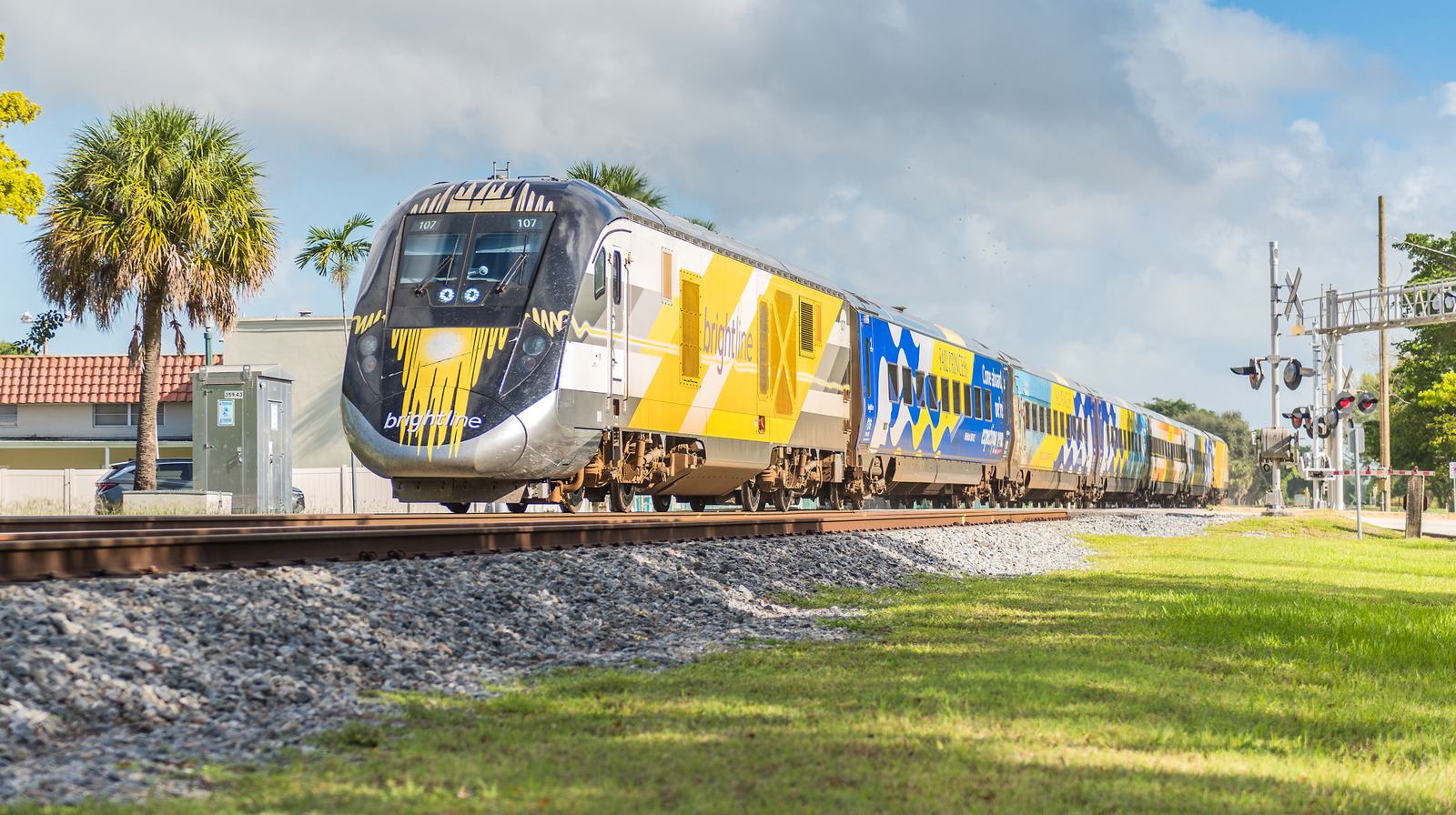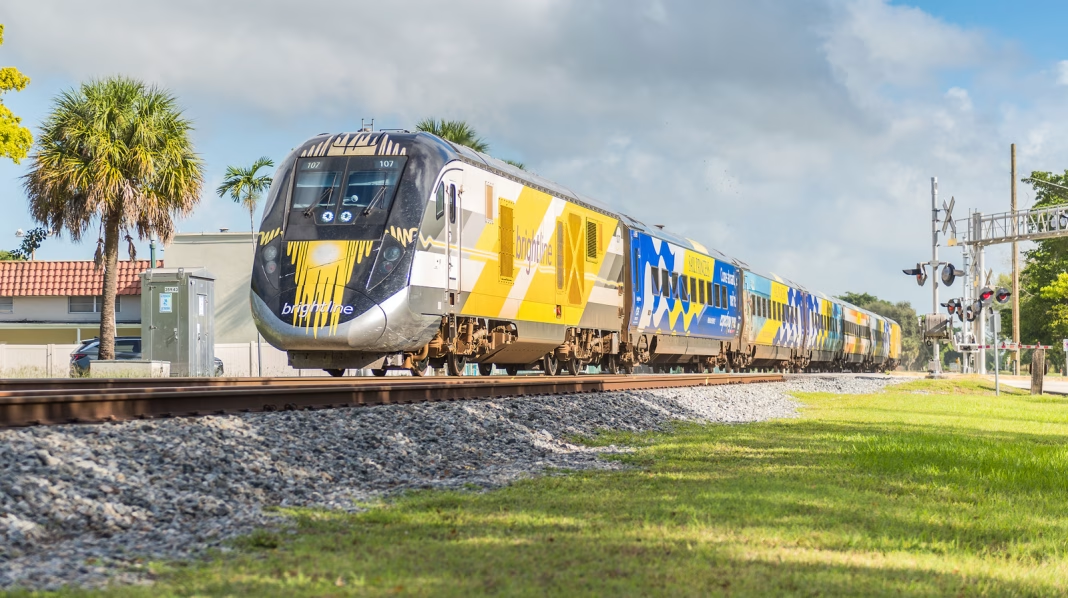Why Are Brightline Trains Involved in So Many Fatalities?
If you’ve ever driven along Florida’s east coast, you’ve probably noticed the sleek, brightly colored Brightline trains zipping past at impressive speeds. But behind the modern design and promises of high-speed convenience, there’s a sobering statistic: since testing began in 2017, Brightline trains have been involved in 182 fatalities, according to a year-long investigation by the Miami Herald and WLRN. That’s a staggering number for a single rail line, especially one that’s still relatively new.
So, what’s going on? Why does this particular train system have such a high fatality rate compared to others in the country? The answer isn’t simple, but it’s crucial to understand the mix of factors at play—everything from infrastructure and urban planning to human behavior and safety protocols.
What Makes Brightline’s Route Uniquely Risky?
Brightline’s route runs through some of the most densely populated urban corridors in Florida, connecting Miami, Fort Lauderdale, West Palm Beach, and now Orlando. Unlike many high-speed rail lines in Europe or Asia that operate on dedicated tracks far from city centers, Brightline’s trains share space with cars, pedestrians, and cyclists at hundreds of grade crossings. In fact, according to the Federal Railroad Administration, Florida has more than 4,000 public rail crossings—many of them right in the heart of busy neighborhoods.
This means that, every day, thousands of people interact with the tracks. Some are simply trying to get to work or school. Others, tragically, are drawn to the tracks for far darker reasons. The Miami Herald’s reporting found that about 75% of Brightline’s fatalities involved people intentionally putting themselves in harm’s way, whether through suicide or risky behavior like trying to beat the train.
Are Safety Measures Falling Short?
Brightline has invested heavily in safety infrastructure: flashing lights, lowered gates, loud bells, and even fencing in some high-risk areas. Yet, the numbers suggest these measures aren’t enough. Part of the problem is the sheer speed of the trains—Brightline can reach up to 125 mph in some stretches, leaving little margin for error. A person or vehicle on the tracks has seconds, not minutes, to react.
There’s also the issue of public awareness. Many residents in these communities have lived with slower freight trains for decades. The arrival of high-speed passenger service changed the game, but not everyone has adjusted their habits. According to a 2023 study from the National Transportation Safety Board, communities with new high-speed rail lines often see a spike in incidents during the first few years as people adapt to the faster trains.
How Does Brightline Compare to Other U.S. Rail Lines?
To put things in perspective, Brightline’s fatality rate is the highest among U.S. railroads, even when accounting for differences in ridership and miles traveled. Amtrak, for example, operates nationwide and carries far more passengers, but its fatality rate per mile is significantly lower. Experts point to the unique combination of high speeds, frequent crossings, and dense urban environments as the main culprits.
It’s also worth noting that the U.S. as a whole has a higher rate of rail-related fatalities than many other developed countries. According to the Bureau of Transportation Statistics, about 2,000 people are killed annually in rail-related incidents nationwide, with trespassing and grade crossing accidents making up the vast majority. Brightline’s numbers, though, are still an outlier.
What Can Be Done to Make Brightline Safer?
There’s no silver bullet, but experts agree on a few key steps. First, more robust physical barriers—like taller fencing and pedestrian overpasses—can make it harder for people to access the tracks. Second, ongoing public education campaigns are essential. It’s not just about warning people; it’s about changing deeply ingrained behaviors.
Some cities are experimenting with advanced technology, like AI-powered cameras that detect and alert authorities to trespassers in real time. Others are considering redesigning crossings altogether, replacing them with underpasses or overpasses that separate trains from cars and pedestrians. These solutions aren’t cheap, but the cost of inaction is measured in lives lost.
Why Does This Keep Happening Despite Awareness Campaigns?
It’s easy to assume that more signs and warnings would do the trick, but human behavior is complicated. Some incidents are the result of distraction—think headphones, texting, or simply being in a rush. Others are intentional, tied to mental health crises. The Herald’s investigation highlighted the need for better mental health resources in communities along the route, as well as more proactive outreach to at-risk individuals.
There’s also a cultural element. In many parts of Florida, the railroad tracks have long been seen as shortcuts or gathering places. Changing that mindset takes time and consistent effort.
What’s the Real Impact on Communities?
Beyond the statistics, every fatality leaves a ripple effect—families shattered, train crews traumatized, and communities left searching for answers. Local officials have expressed frustration at the slow pace of safety improvements, while Brightline has faced lawsuits and public scrutiny. Yet, the trains keep running, and the numbers keep climbing.
Some neighborhoods have started grassroots campaigns to push for better fencing or more visible warnings. Others have partnered with local mental health organizations to offer support and crisis intervention. It’s a patchwork approach, but it shows that communities aren’t waiting for top-down solutions—they’re taking action where they can.
What’s the Path Forward for Brightline and Its Riders?
The big takeaway? Rail safety isn’t about perfection—it’s about smarter adjustments. Start with one change this week, and you’ll likely spot the difference by month’s end. Whether you’re a commuter, a city planner, or just someone who lives near the tracks, small steps—like paying closer attention at crossings, supporting local safety initiatives, or advocating for better infrastructure—can add up to real progress. And in a system where seconds matter, those changes could save lives.


